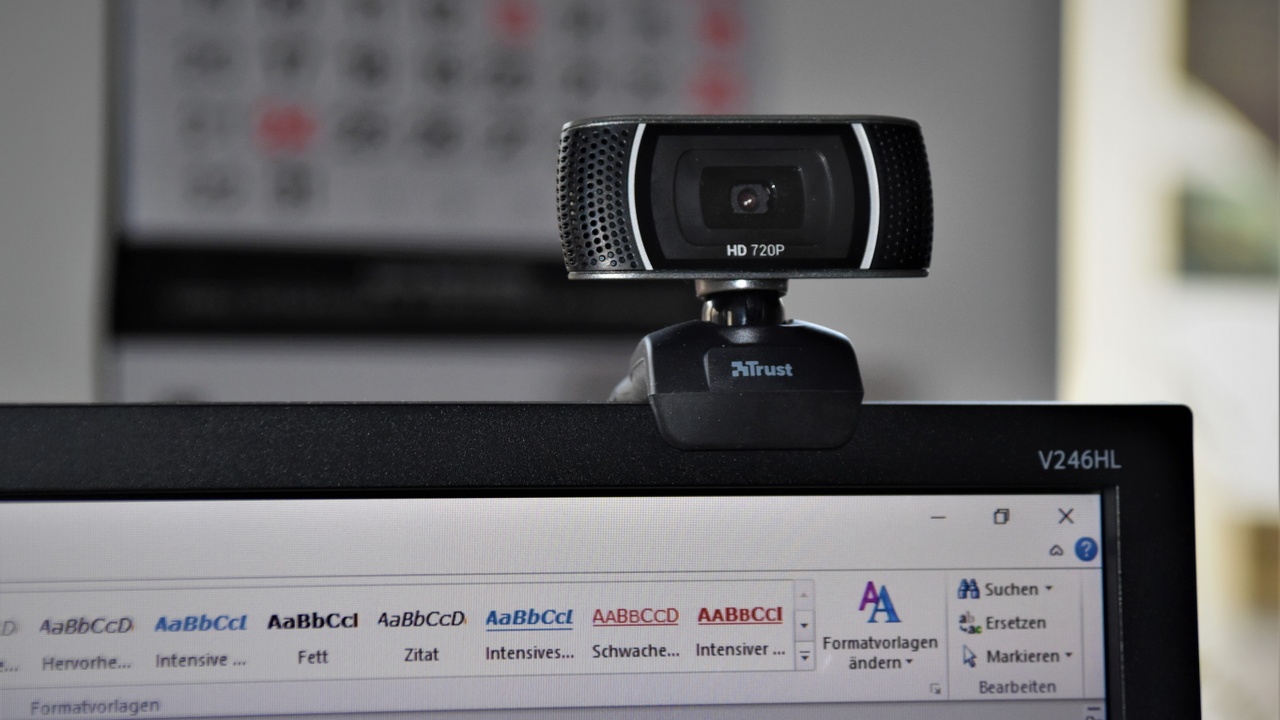How to Tell a Story with Data

The most powerful person in the world is the storyteller. The storyteller sets the vision, values, and agenda of an entire generation that is to come…
Steve Jobs
By John Millen
For years, we’ve heard that data will drive our futures. Well, the future is here.
Today leaders have access to more data about people, businesses and industries than ever. We also have AI and other analytics to parse the data endlessly for decision-making.
But none of this will matter if professionals don’t have the ability to communicate the data effectively to inform decisions and inspire action. You’re often going to have to present data – numbers – to make your case.
And now it’s even more challenging to engage and influence people with data on Zoom and other virtual platforms.
And in some jobs, numbers may be the bulk of your presentations. I’m looking at you data scientists, CFOs, CMOs, wealth advisors and other financial experts.
Numbers numb, but stories store
I've worked on presentations with leaders in all of these disciplines and I remind them that the problem in talking about numbers is that human beings are not naturally gifted to understand or relate to numbers. Data quickly becomes white noise.
Instead, as humans, we are hardwired for telling and hearing stories. That's why we say "numbers numb, but stories store."
Yet many analytical leaders will present endless amounts of data without ever bringing the numbers to life for the people they are attempting to influence.
You’ve probably experienced this yourself. You might sit through an hour-long presentation of data and not remember a thing, but if the speaker had one good story, you’ll be able to recall it immediately.
With this in mind, I urge you to think like a storyteller. What is the story you are trying to tell by presenting this data?
Here are five of the many strategies I share with my clients for telling a story with data:
1. Develop your story
First and most important, remember that numbers don’t stand alone. They are meant to support a larger narrative.
Data doesn't tell stories, people do. You’re telling the story of change and your data should reinforce your story.
For example, if you’re trying to get a new product approved by management you might use the data to tell the story of previous products as part of a journey.
Each product moved you further on the roadmap. Use that data to support the new product as a natural progression in your journey.
2. Embed data in a story
Conveying your data within a story will help people retain your numbers.
Dr. Jennifer Aaker of Stanford Business School has done long-term research on our conveying of data. She and her team concluded that data embedded within a story is 22 times more likely to be remembered than data on its own.
3. Less is more
If you’re an analytical person, your instinct will be to give more and more data to support your case, but the truth is that the more numbers you present, the less effective and persuasive you will be.
Finding the story of your data is the hardest work you will have to do. As I've said many times, Mark Twain once apologized to a friend for writing him a long letter because "I didn't have time to write a short one." In the same way, it’s easy to prepare for a two-hour data dump but it’s difficult to create a 10-minute data presentation.
As an analytical person, you are no doubt familiar with the concept of diminishing returns. In a world of information overload and nano attention spans, less truly is more.
Storytelling will also help you to stop talking so much.
4. Simplify your slides
In line with telling a story, you should pare the numbers in your slides. Consider using a photo to illustrate your point or a slide with only one key number blown up large. Help them understand why this number is so important in the context of your organization’s story.
5. Focus on purpose
By focusing on presenting fewer numbers, you have the opportunity to connect with meaning. For instance, you might ask, “Why are we pushing so hard to reduce expenses?”
Show the effects of each dollar saved in context. Talk about what it means to your customers and other stakeholders, and the impact it will have on those in the audience.
Your listeners always want to know, “What’s in it for me?” You're much more likely to get support when people understand your rationale, the "why."
Career differentiator
There are also other benefits to becoming a better presenter of data. In addition to engaging your listeners more effectively, you'll be positioning yourself for greater success. In any organization today, the ability to communicate with influence is the career differentiator.
The leaders of your organization are looking for people who not only have technical skills but also leadership and communication skills. If they have to choose between two “numbers people,” the one who can communicate effectively will win every time.
What about you?
Do the people in your organization really understand the data supporting your strategy?
Are your presentations engaging and inspiring or mind-numbing data dumps?
It's time for you to start telling stories with your data.







